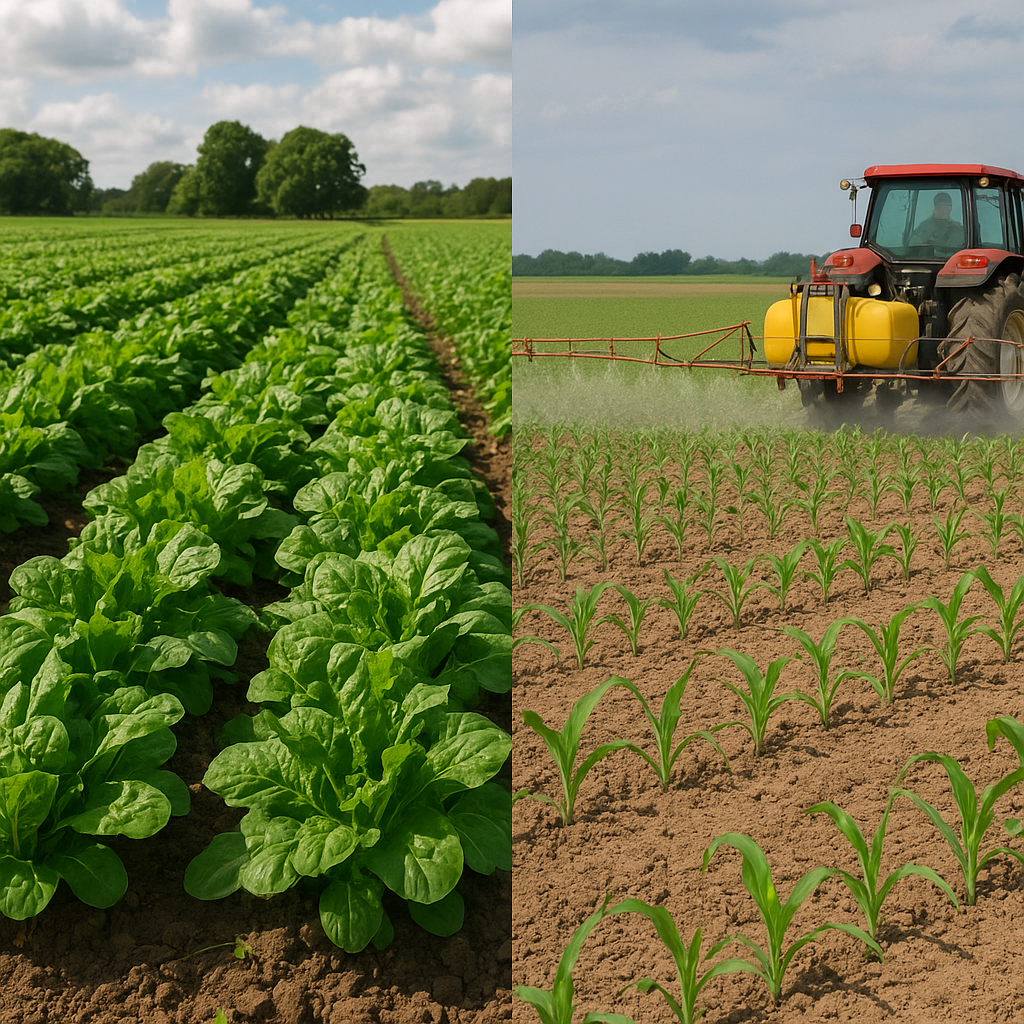Community farming initiatives have emerged as a powerful tool for promoting sustainable agriculture, enhancing food security, and fostering social cohesion among local populations. These initiatives not only provide fresh produce to communities but also create opportunities for education, collaboration, and environmental stewardship. In this article, we will explore the various benefits of community farming initiatives, focusing on their impact on health, economy, and social relationships.
Health Benefits of Community Farming
One of the most significant advantages of community farming initiatives is their positive impact on public health. Access to fresh, locally grown produce is essential for maintaining a healthy diet, and community farms play a crucial role in providing this access. By growing fruits and vegetables in urban and suburban areas, these initiatives help to reduce food deserts—regions where residents have limited access to affordable and nutritious food.
Improved Nutrition
Community farms often focus on cultivating a diverse range of crops, which can lead to improved nutrition for local residents. When people have access to fresh produce, they are more likely to incorporate fruits and vegetables into their diets, leading to better overall health outcomes. Studies have shown that increased consumption of fresh produce is associated with a lower risk of chronic diseases such as obesity, diabetes, and heart disease.
Physical Activity and Mental Well-being
Participating in community farming initiatives encourages physical activity, which is essential for maintaining a healthy lifestyle. Gardening and farming require various physical tasks, such as planting, weeding, and harvesting, which can help individuals stay active. Moreover, spending time outdoors and engaging with nature has been shown to improve mental well-being, reduce stress, and enhance mood. Community farms provide a space for individuals to connect with the environment and experience the therapeutic benefits of gardening.
Economic Advantages of Community Farming
Community farming initiatives also offer numerous economic benefits, both for individuals and the broader community. By supporting local agriculture, these initiatives contribute to the local economy and create job opportunities.
Job Creation and Skill Development
Community farms often rely on volunteers and local residents for labor, which can lead to job creation and skill development. Participants can learn valuable skills related to agriculture, business management, and marketing, which can enhance their employability in the future. Additionally, community farms may provide paid positions for individuals, particularly in areas with high unemployment rates, thus contributing to economic stability.
Supporting Local Economies
By sourcing food locally, community farming initiatives help to keep money within the community. When residents purchase produce from local farms, they are supporting local farmers and businesses, which can lead to a more resilient local economy. Furthermore, community farms often participate in farmers’ markets and local food cooperatives, providing additional avenues for income generation and promoting the importance of local food systems.
Social Cohesion and Community Building
Community farming initiatives play a vital role in fostering social cohesion and building strong community ties. These projects bring together individuals from diverse backgrounds, creating opportunities for collaboration and relationship-building.
Fostering Community Engagement
Community farms often serve as gathering places for residents, encouraging social interaction and engagement. By participating in farming activities, individuals can meet their neighbors, share knowledge, and collaborate on projects. This sense of community can lead to increased social capital, which is essential for building trust and cooperation among residents.
Educational Opportunities
Many community farming initiatives incorporate educational programs that teach participants about sustainable agriculture, nutrition, and environmental stewardship. These programs can benefit individuals of all ages, from children learning about where their food comes from to adults seeking to improve their gardening skills. By providing educational resources, community farms empower individuals to make informed decisions about their food choices and promote sustainable practices within their households.
Environmental Sustainability
Community farming initiatives contribute to environmental sustainability by promoting practices that protect natural resources and enhance biodiversity. These farms often utilize organic farming methods, which reduce the reliance on synthetic pesticides and fertilizers, leading to healthier ecosystems.
Promoting Biodiversity
Community farms often prioritize the cultivation of a diverse range of crops, which can help to promote biodiversity in local ecosystems. By growing various plants, these farms can attract beneficial insects, such as pollinators, and create habitats for wildlife. This diversity not only supports the health of the environment but also enhances the resilience of the food system by reducing the risk of crop failure due to pests or diseases.
Reducing Carbon Footprint
By sourcing food locally, community farming initiatives help to reduce the carbon footprint associated with food transportation. When food is grown and consumed within the same community, the need for long-distance shipping is minimized, leading to lower greenhouse gas emissions. Additionally, many community farms implement sustainable practices, such as composting and water conservation, which further contribute to environmental protection.
Challenges and Considerations
While community farming initiatives offer numerous benefits, they also face challenges that must be addressed to ensure their long-term success. Understanding these challenges is essential for developing effective strategies to support and sustain community farms.
Access to Resources
One of the primary challenges faced by community farming initiatives is access to resources, including land, funding, and tools. Securing land for farming can be particularly difficult in urban areas, where property values are high and available space is limited. Additionally, many community farms rely on grants and donations to fund their operations, which can be unpredictable and may not provide sufficient support for long-term sustainability.
Community Engagement and Participation
Ensuring consistent community engagement and participation can also be a challenge for community farming initiatives. While many individuals may express interest in participating, maintaining ongoing involvement can be difficult. Factors such as time constraints, lack of awareness, and varying levels of commitment can impact the success of these initiatives. Developing strategies to engage and retain participants is crucial for fostering a thriving community farm.
Conclusion
Community farming initiatives offer a multitude of benefits, ranging from improved health and economic stability to enhanced social cohesion and environmental sustainability. By providing access to fresh produce, creating job opportunities, and fostering community engagement, these initiatives play a vital role in building resilient and sustainable communities. However, addressing the challenges faced by community farms is essential for ensuring their long-term success. By supporting these initiatives, we can work towards a healthier, more sustainable future for all.




